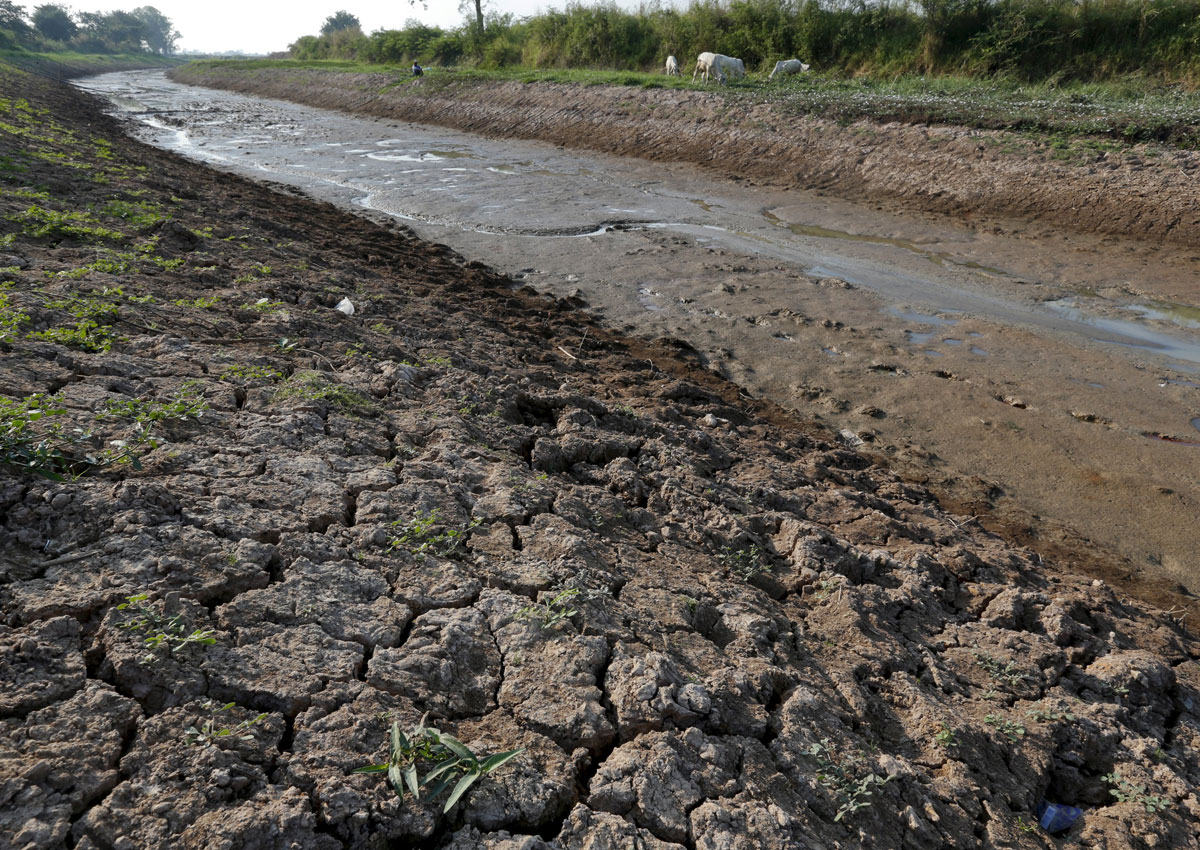Some 1 billion people in Asia could be without water by 2050, according to new research.
A group of researchers at the Massachusetts Institute of Technology says there is a “high risk of severe water stress” across large patches of Asia, home to a big chunk of the world’s population.
The primary driver of this water stress will not necessarily be climate change, according to the study published Wednesday in the peer-reviewed journal PLoS One.
“We find that water needs related to socioeconomic changes, which are currently small, are likely to increase considerably in the future, often overshadowing the effect of climate change on levels of water stress,” the researchers wrote in their study.
Without mitigating the effects of industrialization and population growth, an additional 1 billion people across Asia could face critical shortages of water by 2050, the study said.
The team focused on densely populated river basin regions in China, India and Southeast Asia. The region they examined is, in whole, home to roughly half of the world’s population, two of the world’s largest (and still growing) economies, and several smaller nations at various levels of development and population growth.
Different needs will drive stresses in different regions, according to the study. Industrial demand for water will likely dominate in China, with lesser needs in India and Vietnam. India, on the other hand will see household use rise, as its population grows.
“We simply cannot ignore the fact that growth in population and the economies can play just as or more important a role in risk” as climate change, said study co-author C. Adam Schlosser. That does not mean climate change does not matter, he added. In some cases, climate change will magnify the effects of growth, while in others, it may have less of an effect.
So what will this water stress look like?
It will not be an entirely new type of event, Schlosser said. “The events are going to be similar to what we are seeing today,” he said, only they will be more intense, more frequent and will have more severe effects on people.
That includes such things as deep, multiyear droughts, in the vein of what’s been occurring in California and the southwestern U.S; deliberate overdrawing of surface water supplies, such as the Aral Sea; or overdrawing groundwater, which in some areas has already caused land to sink.
The team relied on previous data sets and models, such as the Integrated Global System Modeling framework, a data analysis tool developed by MIT researchers for studying human activity and the climate system; the MIT Economic Projection and Policy Analysis model for economic projection; and data sets detailing water use in different regions in Asia, among others. They clustered the simulations into three groups – one looking only at the effects of climate change, another at the effects of growth and a third combining the two. Combined, the team ran hundreds of possible scenarios.
Schlosser cautioned that future projections are always uncertain, and the model the team developed is asking what would happen if growth and climate change continue their current course unabated.
He added that the research concluded that “there is a 1 in 3 chance, that if we do nothing, China and India will be in an unsustainable water condition.”






